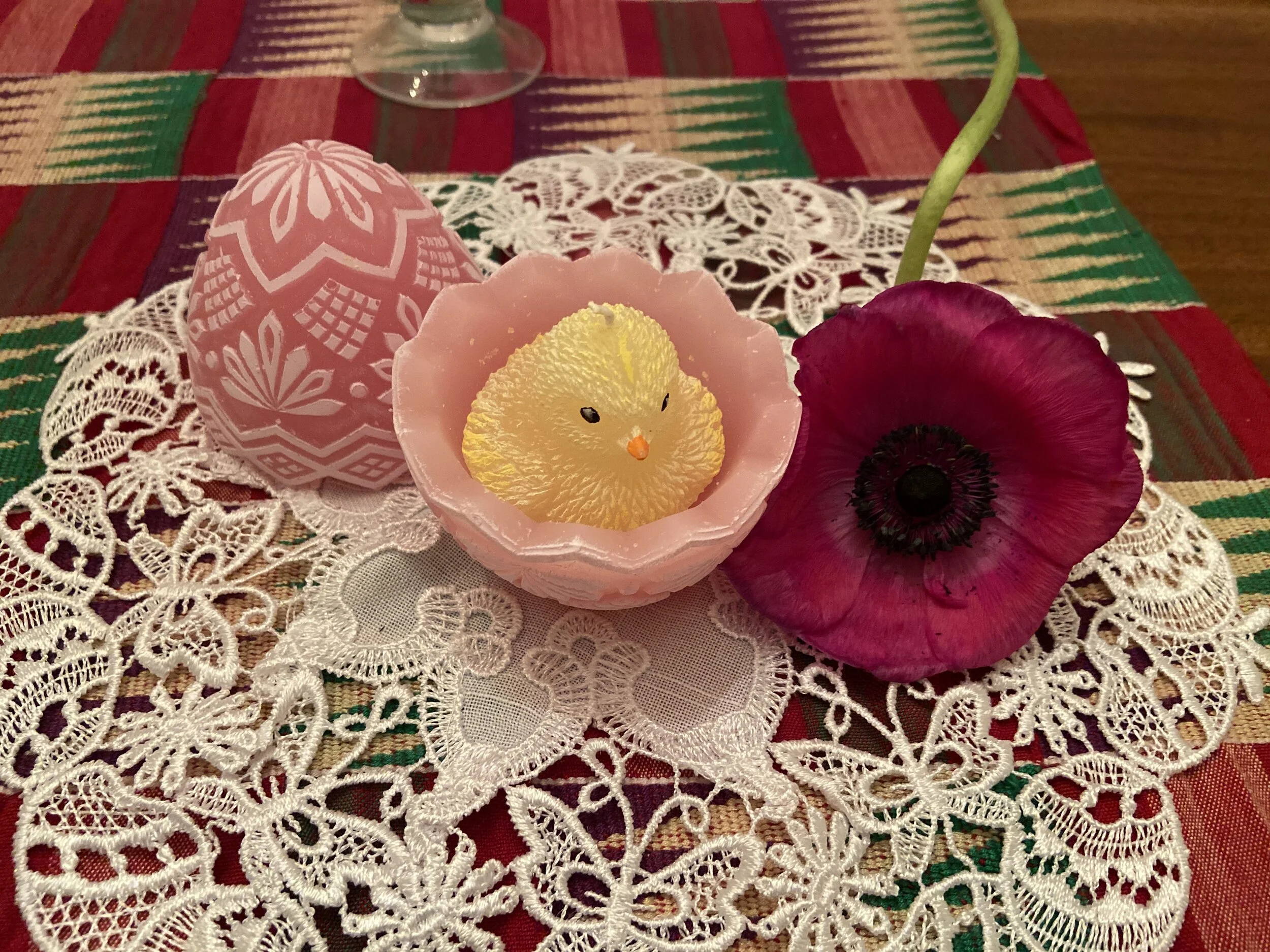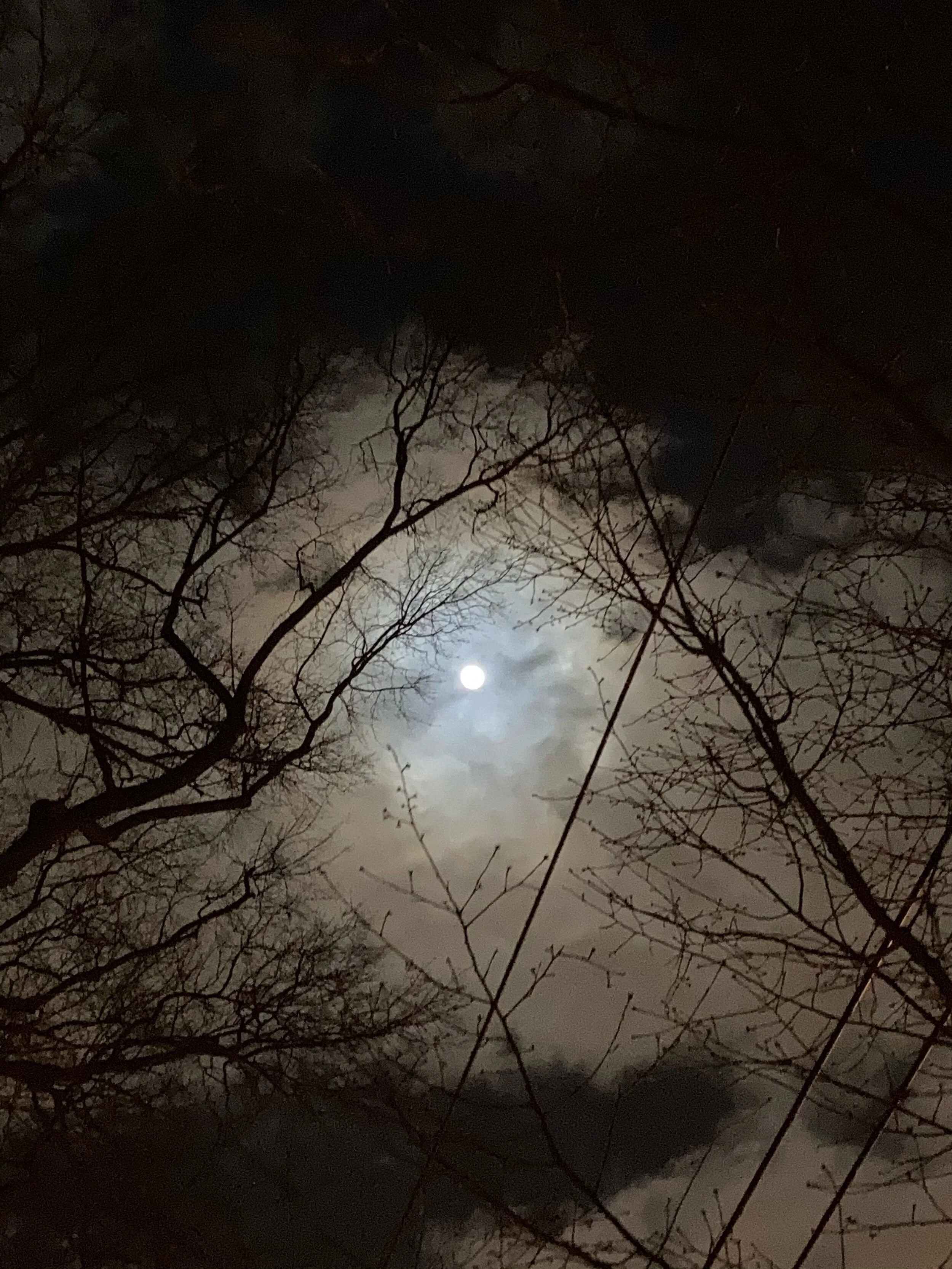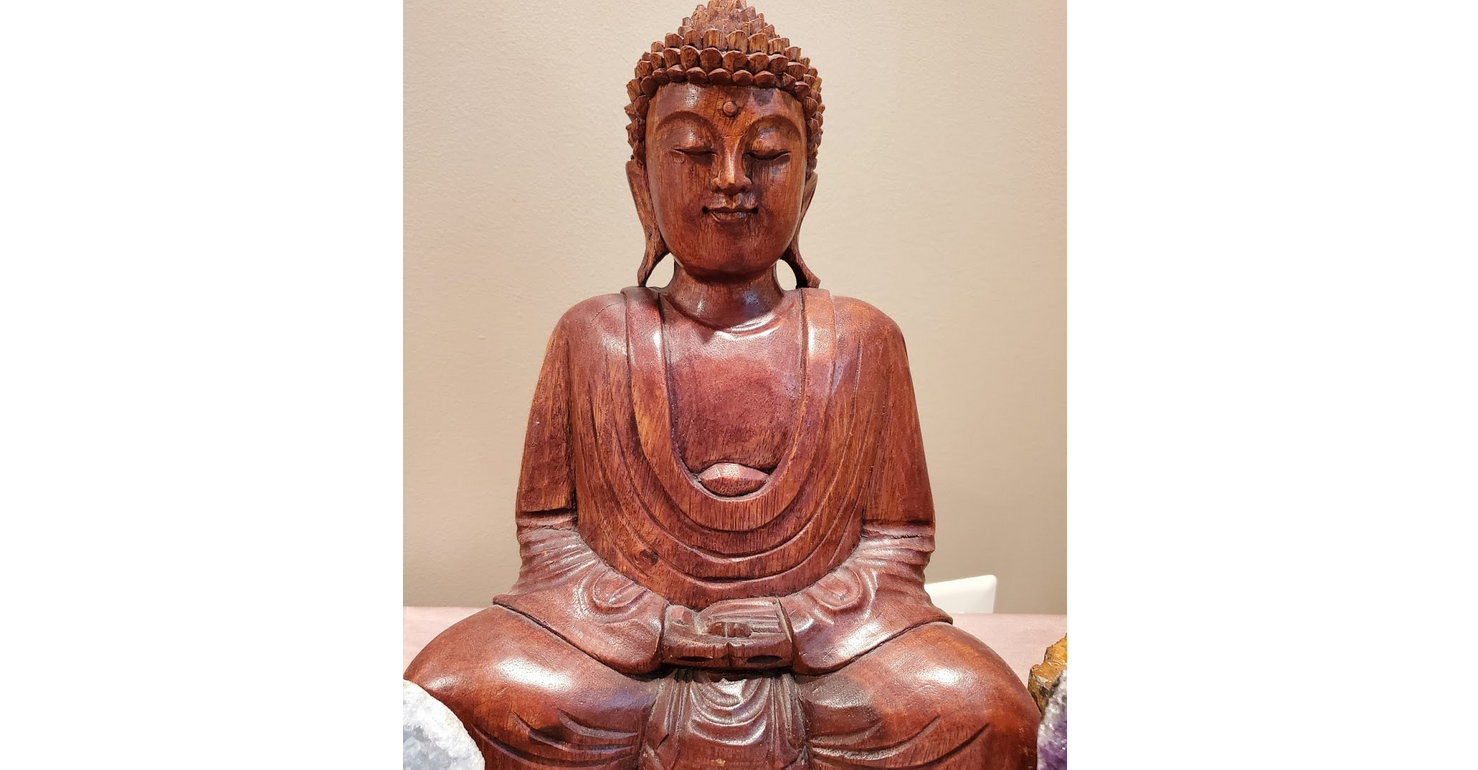In Old Paths White Clouds Thich Nhat Hanh describes how, soon after the Buddha achieved Enlightenment, he played the flute in such a sublime and transcendent way that it left an audience of musicians in awe. The Buddha explained that he had not practiced the flute in nearly seven years since he had left his home and that his performance did not depend solely on practice: “I now play better than in the past because I have found my true self.”
This story reminds me of how my mindfulness journey has helped me find a more genuine version of myself. I had the opportunity to recognize my transformation last summer during a lengthy visit to Puerto Rico to support my elderly mother. She had been deeply impacted by the island’s natural disasters followed by a strict pandemic quarantine. The Catholic dogma of my upbringing would have never sufficed to help me transcend the desolate conditions I encountered…

























